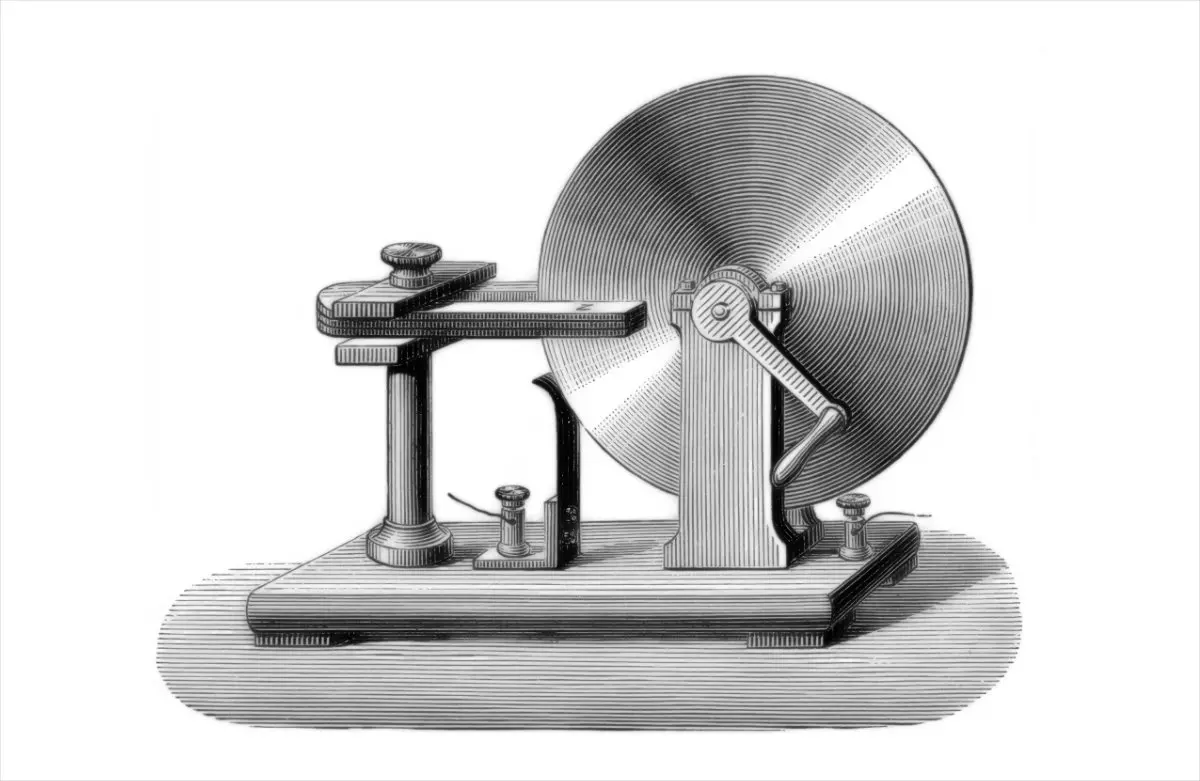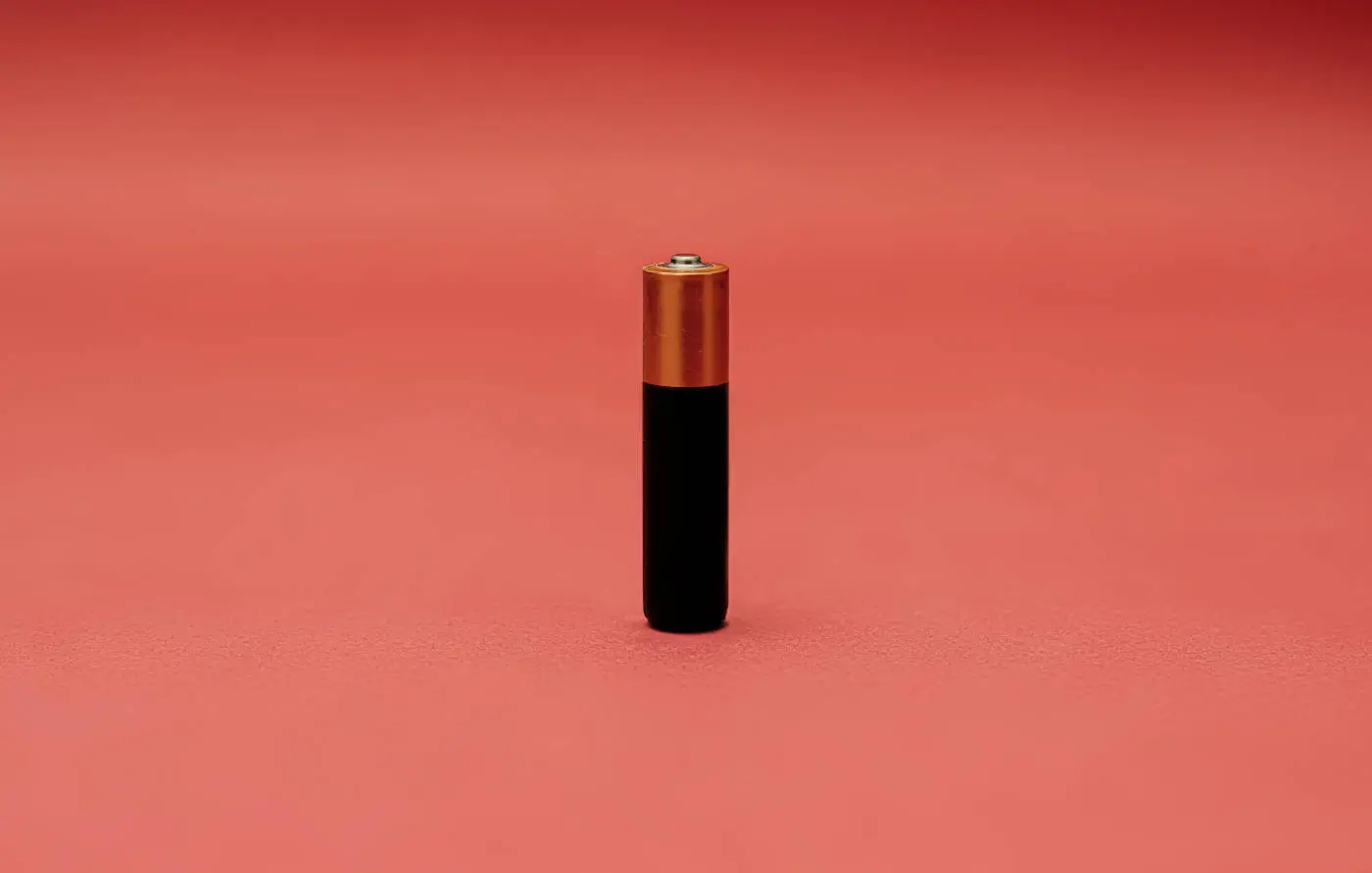Unveiling the Inventor: Who Invented the Induction Motor?
Explore the induction motor's innovative design and Nikola Tesla's transformative contributions, driving modern technology forward.
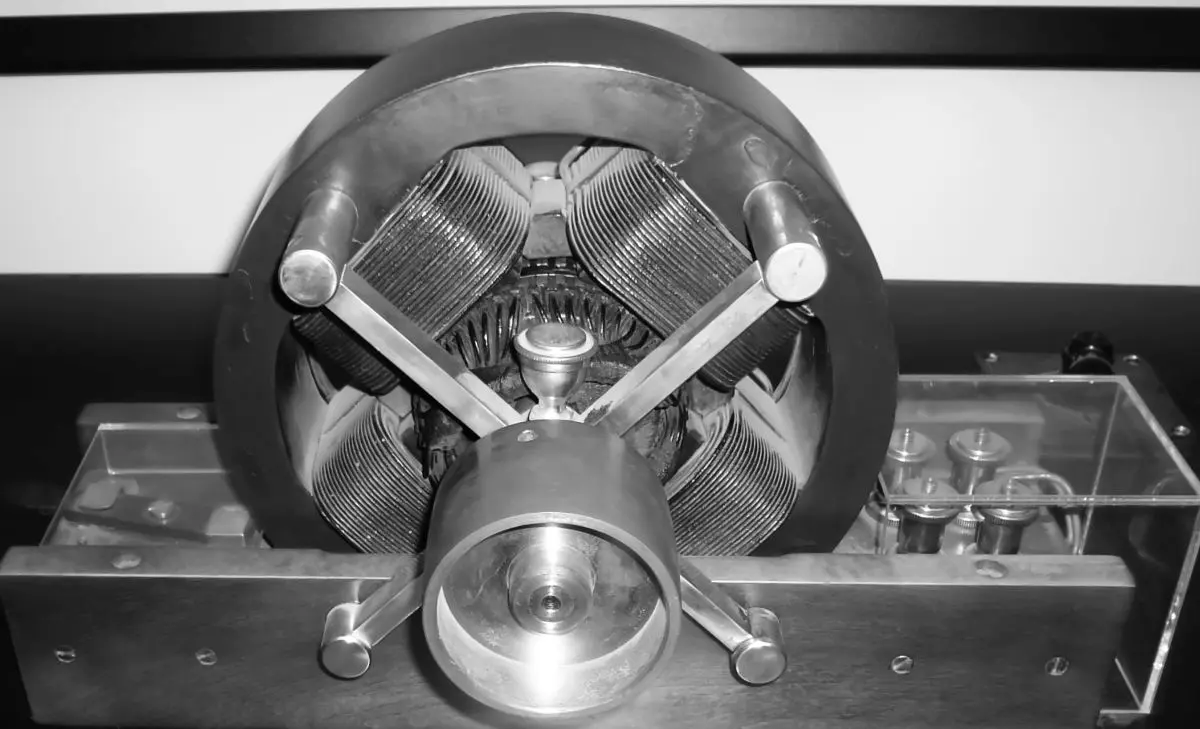
The induction motor stands as a cornerstone of modern technology, powering countless devices and machinery across various industries. Its efficiency, reliability, and versatility have made it indispensable in everything from manufacturing to transportation.
Understanding the origins of the induction motor and its inventor is not just a matter of historical curiosity but is crucial for appreciating the depth of innovation that underpins our technological landscape today.
The Genesis of the Induction Motor
As the world entered the age of electricity in the late 19th century, there arose a pressing need for efficient means of converting electrical energy into mechanical power. Traditional methods of power generation, such as steam engines, were giving way to electric motors due to their cleaner operation and greater potential for automation.
In this era of rapid technological advancement, the induction motor emerged as a revolutionary solution to the challenges of electrical power conversion. Unlike its predecessors, which relied on brushes and commutators, the induction motor operated on the principle of electromagnetic induction, offering improved efficiency, reliability, and simplicity of design.
The Inventor: Nikola Tesla
Nikola Tesla, often hailed as one of history's greatest inventors, was born in 1856 in what is now Croatia. His pioneering work in electrical engineering laid the foundation for many of the technologies we take for granted today. From his early days working with Thomas Edison to his groundbreaking experiments in alternating current (AC) electricity, Tesla's contributions to the field were monumental.
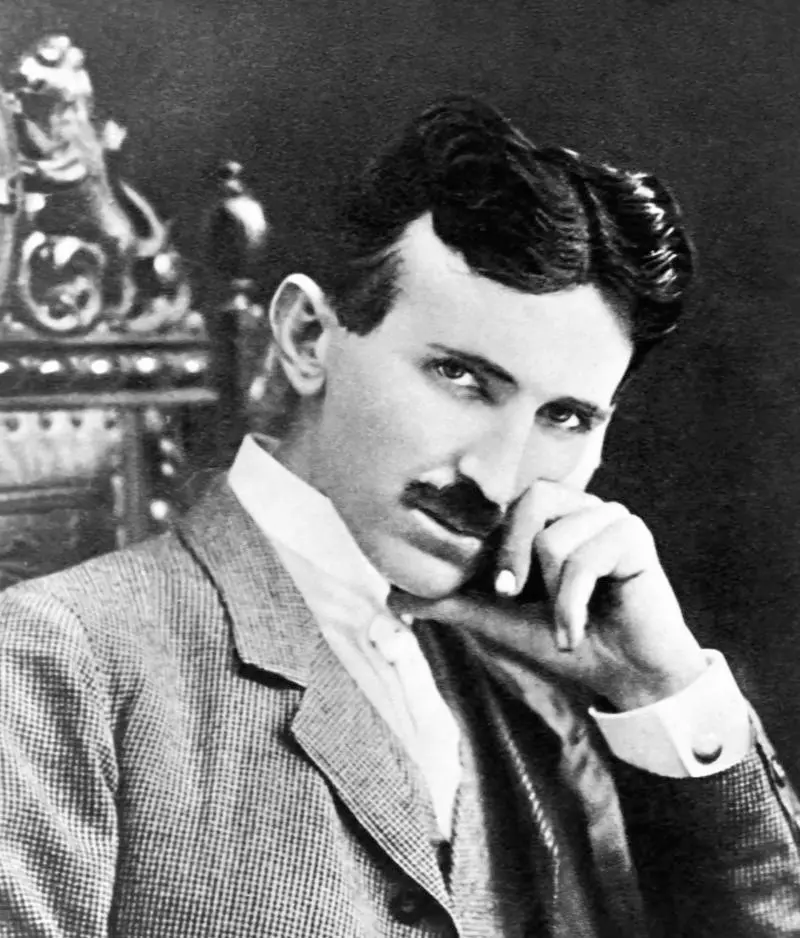
Among Tesla's numerous achievements, perhaps none is more significant than his development of the induction motor. Through a series of experiments and meticulous research, Tesla unlocked the potential of alternating current to drive rotating machinery without the need for complex mechanical components. His breakthroughs in electromagnetic theory and motor design paved the way for the widespread adoption of AC power systems and transformed the world of electrical engineering forever.
Tesla's Induction Motor: Design and Functionality
The induction motor operates on the principle of electromagnetic induction, wherein a rotating magnetic field is induced in the rotor by the alternating current flowing through the stator windings. This rotating magnetic field interacts with the conductors in the rotor, causing it to rotate and produce mechanical motion. Unlike other types of motors, the induction motor requires no physical contact between the stator and rotor, resulting in smooth and maintenance-free operation.
Design and key features
Tesla's induction motor design featured a stationary stator with multiple windings arranged to produce a rotating magnetic field. The rotor, typically made of copper or aluminum bars, was placed within the stator and allowed to rotate freely. One of the key innovations of Tesla's design was the use of a squirrel-cage rotor, which consisted of short-circuited conductors arranged in a cylindrical or bar-like configuration. This design not only simplified construction but also improved efficiency and reliability.
The impact on industrial and technological advancement
Tesla's induction motor revolutionized industrial processes by providing a reliable and efficient means of converting electrical energy into mechanical power. Its widespread adoption paved the way for the electrification of factories, transportation systems, and households, driving unprecedented levels of productivity and innovation. Moreover, Tesla's induction motor laid the foundation for the development of modern power grids and AC distribution systems, which remain the backbone of our electrical infrastructure to this day.
Legacy and Impact
The induction motor has had a profound impact on virtually every aspect of modern life. From powering industrial machinery and transportation systems to driving household appliances and HVAC systems, its versatility and reliability have made it indispensable across a wide range of industries and applications.
Nikola Tesla's contributions to modern electrical engineering cannot be overstated. His pioneering work in AC electricity, including the development of the induction motor, laid the groundwork for many of the technological advancements that define the modern world. Tesla's visionary insights and innovative spirit continue to inspire engineers and inventors to push the boundaries of what is possible.
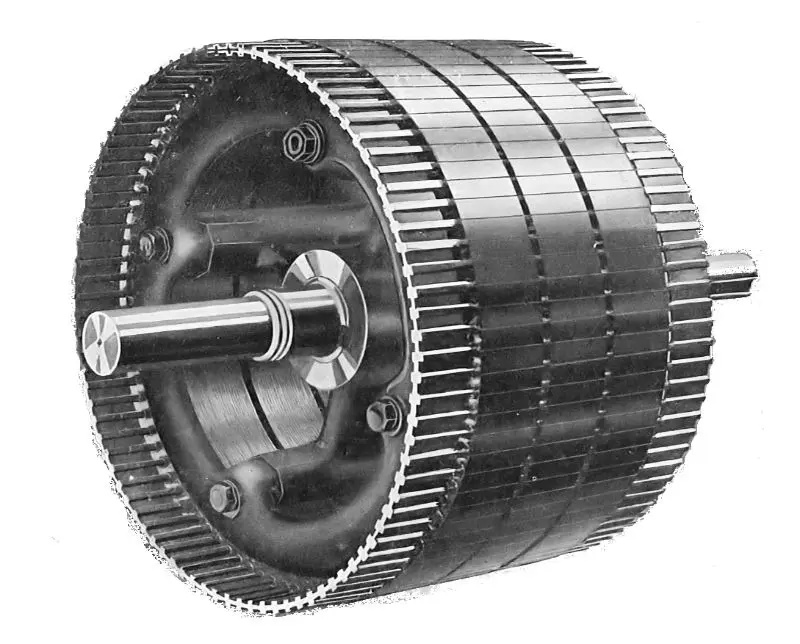
Despite being more than a century old, the induction motor remains a vital component of our technological infrastructure. Ongoing advancements in materials science, manufacturing techniques, and motor control technology continue to improve the performance and efficiency of induction motors, ensuring their continued relevance in the face of evolving energy needs and sustainability challenges.
Unveiling the Legacy: The Induction Motor and Nikola Tesla
The induction motor stands as a testament to human ingenuity and innovation, serving as a reliable and efficient conduit for the conversion of electrical energy into mechanical power. Nikola Tesla's pivotal role in its development not only highlights his visionary thinking but also underscores the significance of perseverance in the pursuit of scientific progress.
Reflecting on the legacy of the induction motor and its inventor, we are prompted to recognize and celebrate the achievements of technological pioneers. Understanding the challenges they confronted and the solutions they crafted provides valuable insights that can guide our own endeavors to address the pressing issues of our time.
Looking ahead, the imperative for sustainable and efficient technologies is undeniable. By building upon the foundation laid by Nikola Tesla and other trailblazers, we can harness the power of innovation to confront the challenges of the 21st century and beyond. The journey of discovery continues, fueled by the spirit of exploration and the quest for a brighter, more sustainable future.
